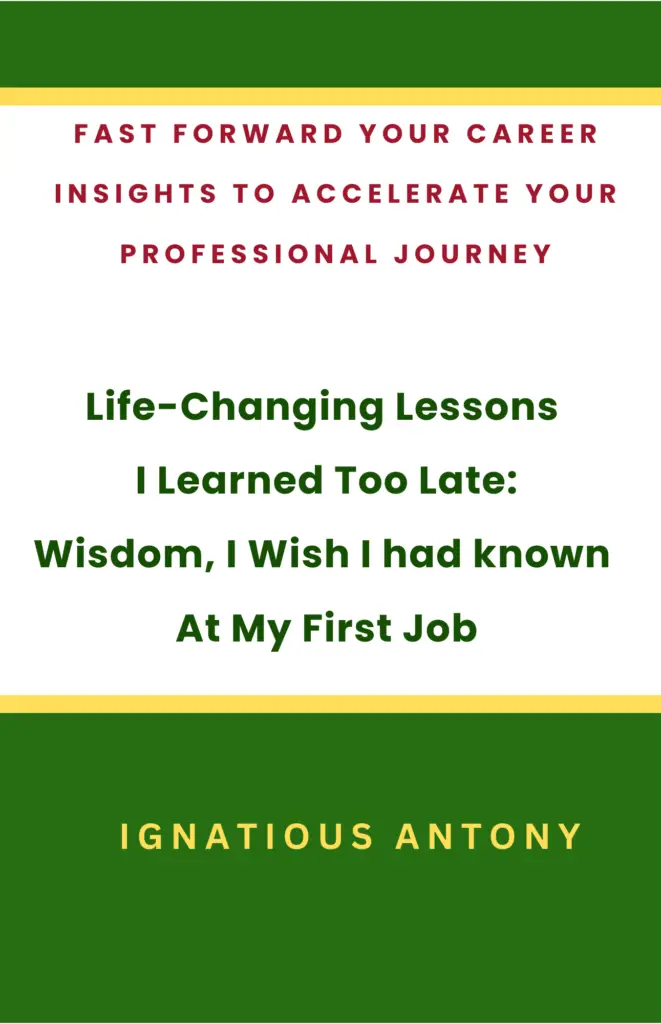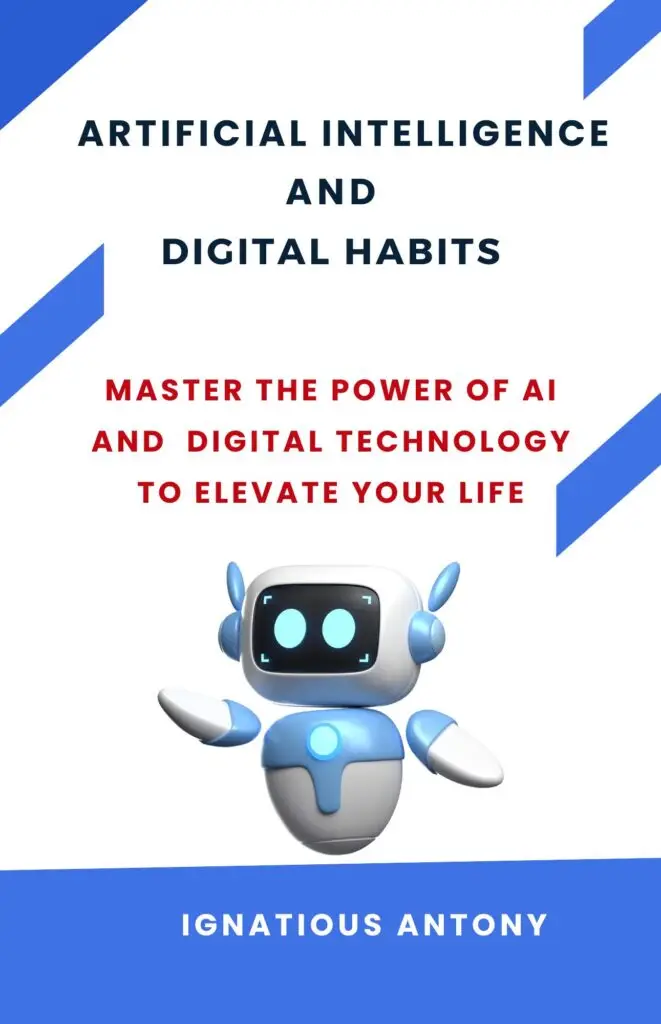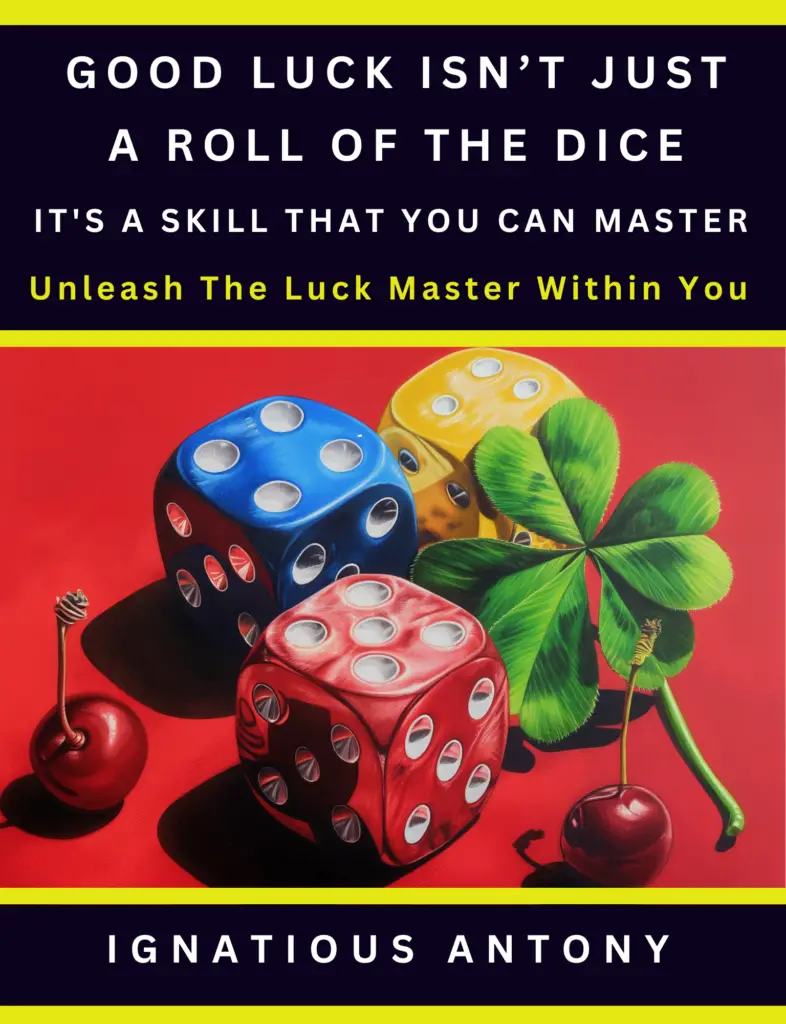How to Captivate Your Audience and Keep Them Hooked?
Why are some articles getting a lot of applause and being read by many readers?

Have you ever noticed how some stories or shows pull you in right from the start, making it impossible to stop reading or watching?
Why are some articles getting a lot of applause and being read by many readers?
What keeps us glued to the screen during a TV show or turning the pages of a book late into the night? What if there were simple techniques that could help you grab attention and keep people engaged from beginning to end?
In this article, we will discuss some powerful insights from my experiences in captivating an audience and holding their interest. Whether you’re telling a story, giving a presentation, or just trying to keep people engaged in a conversation, understanding these strategies can help you keep your audience hooked.
We’ll explore the tricks that make people want to keep listening or watching, the irresistible appeal of drama, and the power of curiosity hooks.
By the end of this article, you’ll have a set of practical techniques that can make any narrative or presentation captivating, ensuring that your audience stays engaged and eager for more. If you’re ready to learn how to grab attention and keep it, let’s dive in!
Grabbing The Attention: The Psychology Behind Engagement
Understanding How People Think
One of the best ways to get noticed is to understand how people think and how their brains work. Let me explain this with a simple example. Imagine someone asking you to do a small favour, like moving one box into a truck. You agree because it seems like a quick, easy task. By saying “yes” to this small favour, you start thinking of yourself as helpful. Now, imagine that after you move that one box, the same person asks you to help move all the remaining boxes. You’re more likely to say “yes” again, even though it’s a much bigger task. Why? Because you don’t want to change your idea of yourself as a helpful person. It’s easier to keep saying “yes” than to admit that maybe you’re not as helpful as you thought.
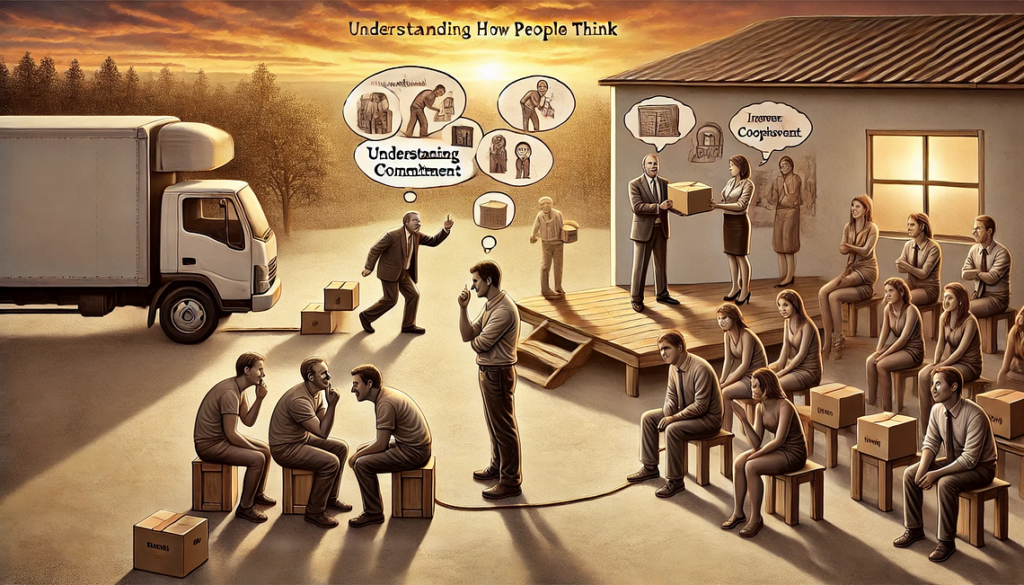
The Power of Commitment
This idea is powerful when you think about how to keep people interested. When you’re about to tell a story, ask your audience if they want to hear it. If they say “yes,” they’ve already agreed to listen, which makes them more likely to stay engaged. You’re helping yourself by getting their commitment upfront. Keeping the audience’s attention is important when telling a story, so getting good at it is essential.
The Brain’s Need for Answers
To keep people interested, it’s also important to understand another way our brains work. The human brain is always looking for answers. Whenever it encounters a question or something it doesn’t know, it starts searching for an answer right away. This happens whether the question is simple, complicated, or even if it’s about something the person has never heard of before. The brain wants to solve problems and find answers.

Using Curiosity to Your Advantage
This is why we are so curious about things like magic tricks. Even if you’re not interested in becoming a magician, you still want to know how the trick is done. It’s because your brain doesn’t like loose ends. It wants to understand everything, to fill in all the gaps. Once you realize that the brain is always looking to solve mysteries and understand the unknown, you can use this to your advantage to grab people’s attention.
How to Keep People Interested
If you want to get noticed and keep people interested, start by getting them to agree to listen to you. Then, they use their natural curiosity to keep them engaged. Tell stories that raise questions or create a sense of mystery, and let their brains do the rest. By understanding how people think and using these simple strategies, you can become really good at capturing attention and keeping it.

Elevated Drama: The Art of Creating Suspense
Why Drama Works
Let’s talk about drama and why it’s so powerful in storytelling. Have you ever found yourself watching a soap opera and wondered why you keep watching, even when you think the show isn’t that great? I’ve been in that situation many times, binge-watching shows that seem silly or over the top. But somehow, they always manage to pull me in, episode after episode. Why do these shows keep us hooked? What makes them so addictive?
Using Drama to Grab Attention
There are many reasons why people get hooked on these kinds of shows, but I want to focus on one simple technique that can help you grab people’s attention: drama. Soap operas use a lot of drama, and that’s one of the main reasons why they are so captivating. If you want to tell stories that grab people’s attention, you should start with a lot of drama right from the beginning. This can hook your audience quickly and keep them interested.
Avoiding a Slow Start
Think about when you pick up a book that feels really slow and hard to get into. Even if the book is great, many readers might give up before the story gets exciting. This is something you want to avoid if you’re telling a story in any form, whether it’s writing, speaking, or even making videos. One way to make sure your audience doesn’t lose interest is to use strong, dramatic moments.

The Power of Cliffhangers
The power of drama is all about using intense moments and cliffhangers to keep people on the edge of their seats. When you watch a soap opera, you might notice a pattern. The episode often starts with something really dramatic happening — maybe a big argument, a shocking secret being revealed, or a sudden accident. After this big event, the story might slow down a bit, giving you more information and building up the characters. But just when you think things are calming down, something dramatic happens again, usually right before a commercial break or at the end of the episode. This leaves you with unanswered questions and makes you want to keep watching.
Drama in Different Mediums
This pattern of using drama isn’t just for soap operas. It works for big TV shows, movies, and even books. Think about a popular TV series. It will be full of drama and unexpected twists, always keeping viewers wondering what will happen next. Even if not much happens in a single episode, the drama makes you want to watch the next one. This shows how powerful drama can be in storytelling.

Keeping Your Story Engaging
The key takeaway is that adding high drama at the right moments can make your stories much more engaging. Sometimes, it’s best to keep things simple and not overthink it. Just focus on creating those dramatic moments that grab attention and keep people interested. If some of the most successful shows and movies use drama effectively, then you should consider doing the same in your stories.
Making Your Storytelling Compelling
By understanding the power of drama and knowing when to use it, you can make your storytelling much more compelling. Whether you’re telling a personal story, writing a novel, or creating content for an audience, remember that drama can help you keep people hooked and eager for more.
The Five Intriguing Points: Mastering Curiosity Hooks
Using Curiosity Hooks
From my experience, one of the best ways to grab and hold people’s attention is to use what I call “curiosity hooks.” These are simple techniques that make people instantly curious about what you’re talking about. When you use these hooks, you make your audience want to know more, whether they realize it or not. This is why they are so effective — they tap into our natural desire to learn new things and understand the unknown.
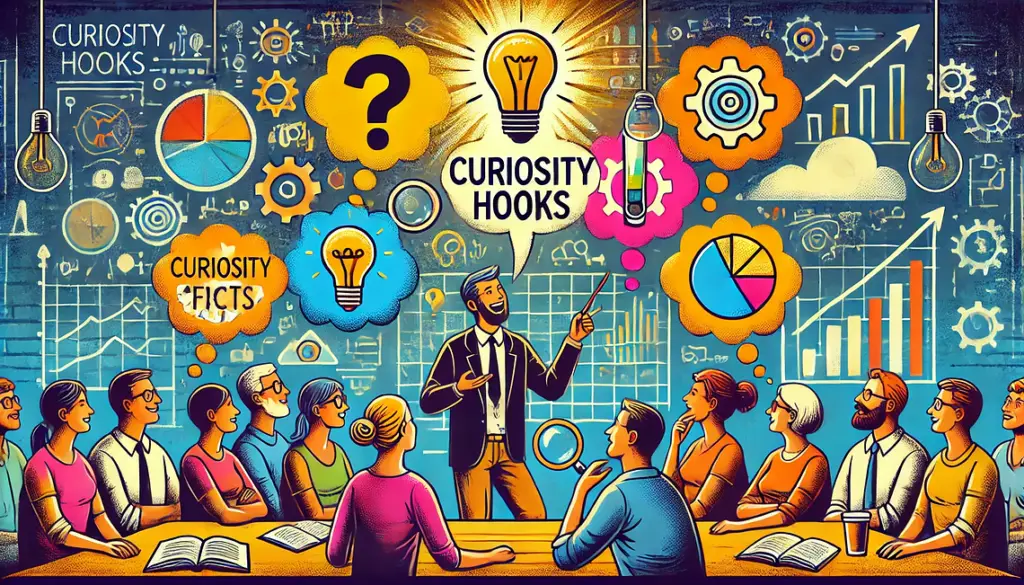
Types of Curiosity Hooks
Here are five different curiosity hooks you can use to make your communication more engaging:
1. The Unknown, Significant Difference Hook:
This hook is about introducing something that most people don’t know about but that could have a big impact. The key here is to make your audience feel like they are discovering something new and valuable. People love to learn new things, especially if it’s something that others might not know yet. For example, you could talk about a little-known health supplement called “ketones.” You might say, “Ketones are these substances that hardly anyone knows about, but they can greatly improve your health by reducing inflammation and boosting brain function.” By highlighting that ketones are not widely known, you make people feel like they’re getting insider information, which makes them more interested.

2. The Hook That Transforms Everything:
This hook is useful when you want to show how something new changes the way we think about a topic. It’s great for grabbing attention when there’s a new development in a specific field that affects your audience. For example, if you’re talking to people interested in dieting, you might say, “Everyone talks about different diets like Mediterranean or Paleo, but not many people understand ketosis. It’s ketosis that actually helps you burn fat by putting your body in a state where it uses fat for energy.” By presenting this new way of thinking about diets, you’re giving your audience valuable information that could change their approach.
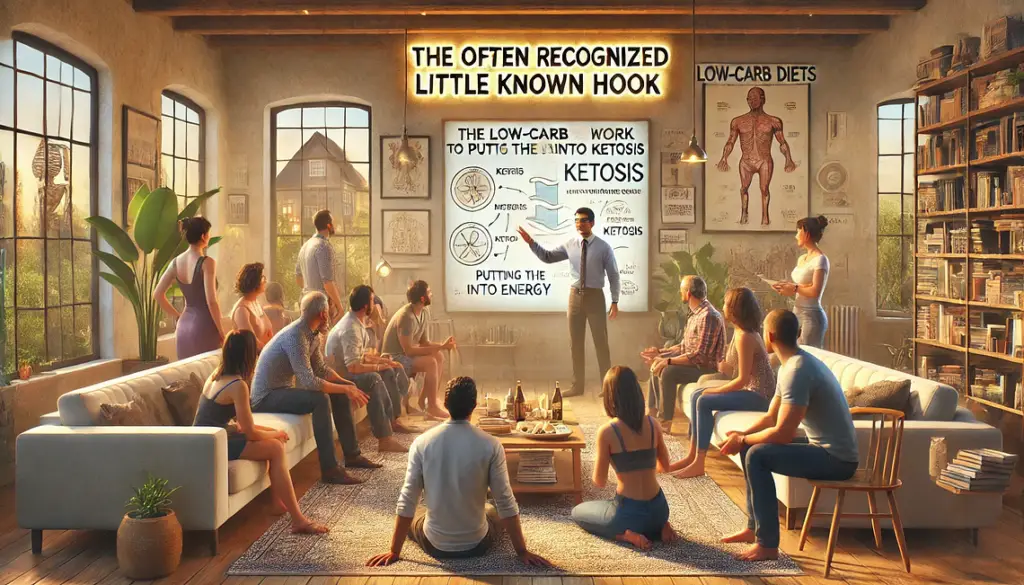
3. The Often Recognized, Little-Known Hook:
This hook takes something familiar to most people and reveals a lesser-known aspect of it. The idea is to make people realize there’s more to something they already know. For example, you might talk about how people know about low-carb diets but don’t really understand why they work. You could say, “Many people think they lose weight just by cutting carbs, but what really happens is that their body enters ketosis and starts burning fat for energy.” By sharing this lesser-known fact, you’re deepening their understanding of a familiar topic, which keeps them engaged.
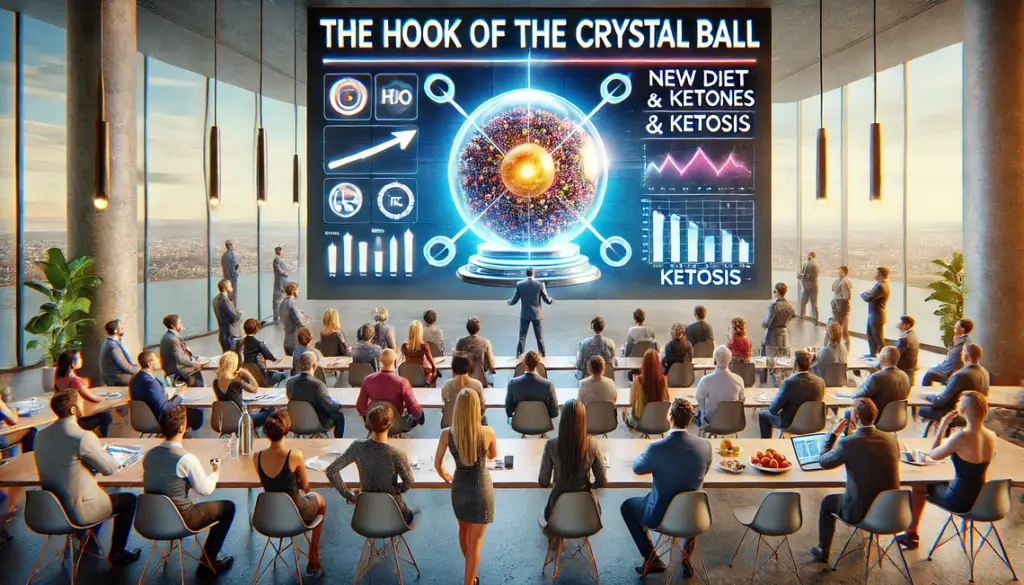
The Hook of the Crystal Ball Theory:
This hook is about predicting a future change or development that will affect your audience. It’s like giving them a sneak peek into the future. This hook works because people love to feel like they’re in the know about what’s coming next. For instance, if there’s a new diet trend on the horizon, you might say, “You might have tried various diets without much success, but soon there’s going to be a new diet that takes low-carb to the next level by using ketones to instantly put your body in ketosis.” This prediction grabs attention because people want to be among the first to know about the next big thing.

The Re-examining of the Foundations Hook:
This hook encourages people to look at something they thought they knew from a different angle. It’s about returning to basics and showing that even the fundamentals can have new insights. For example, you could say, “We all know the basics of dieting, but what if I told you that focusing on ketosis, rather than just cutting carbs, is the key to long-term weight loss?” This approach makes people think, “Maybe there’s more to this than I thought,” which keeps them interested.
Flexibility in Using Hooks
The beauty of these curiosity hooks is that they are flexible. You can use them in any context by adjusting the details to fit your audience and message. Consider what intrigues your topic and use these hooks to draw people in. By mastering these simple techniques, you can make your communication much more compelling and ensure your audience stays engaged and eager to learn more.
Conclusion
Capturing and holding your audience’s attention is both an art and a science. By understanding how people think and leveraging the natural tendencies of the human brain, you can effectively engage your audience and keep them interested from start to finish.
We started by exploring the importance of commitment and how getting a small agreement from your audience can lead to deeper engagement. By asking for their attention upfront, you make them more likely to stay engaged throughout your story or presentation.
Next, we discussed the power of drama. Using intense moments and cliffhangers, much like a soap opera or a gripping TV series, can keep your audience on the edge of their seats. Adding high drama at the right moments ensures that your audience remains hooked and eager to see what happens next.
Finally, we introduced the concept of curiosity hooks — simple yet effective techniques that tap into our innate desire to know more and understand the unknown. These hooks, whether they reveal something surprising, transform our understanding of a topic, or offer a glimpse into the future, can make any communication more engaging.
By mastering these techniques — commitment, drama, and curiosity hooks — you can make your storytelling, presentations, or conversations much more compelling. Remember, the key to keeping your audience engaged is to capture their interest early and maintain it with well-placed moments of intrigue and excitement. Now that you have these tools at your disposal, go ahead and create narratives that captivate and inspire!

